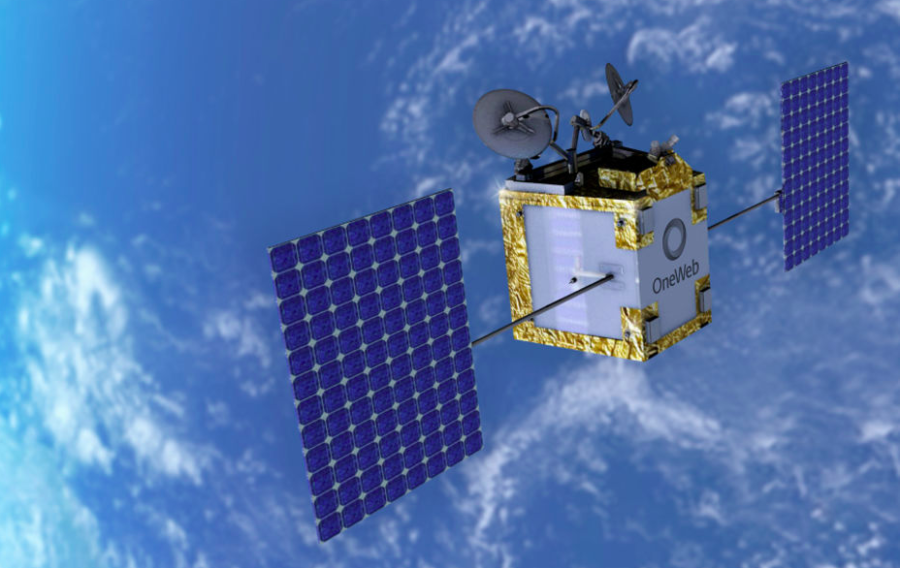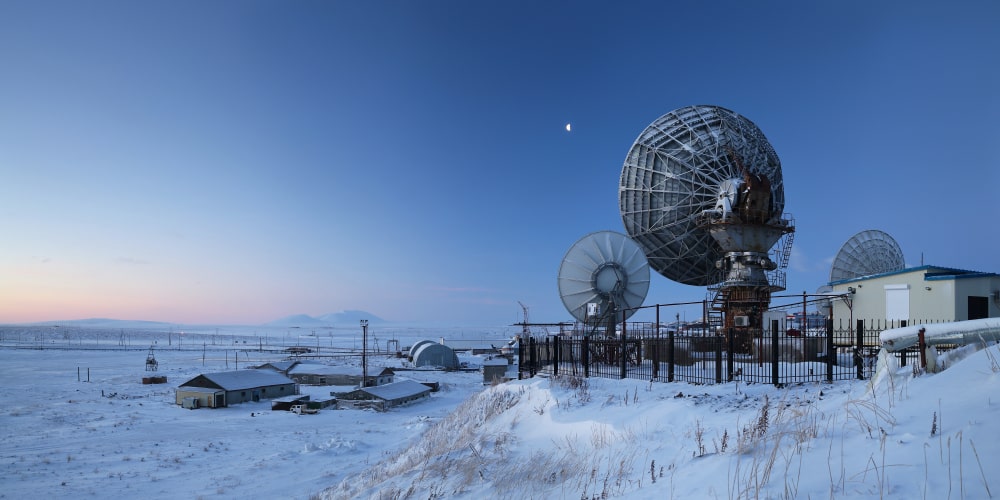
A group of UK space tech companies are developing a new beam-hopping satellite that will allow satellites to switch which part of the world they cover, managing real-time surges in commercial demand or responding to emergencies such as natural disasters, thanks to government funding.
Led by global satellite communications network OneWeb, the industrial partners have received over £32 million from the UK Space Agency, via the European Space Agency’s Sunrise Programme, for a demonstration satellite due for launch in 2022.
The satellite, nicknamed ‘Joey-Sat’ for its beam-hopping abilities, will be able to remotely direct beams to boost coverage in certain locations, such as areas of high usage where the network is struggling to cope with demand.
Science Minister, Amanda Solloway, said: “From helping during a disaster to providing broadband on planes, this amazing technology will show how next-generation 5G connectivity can benefit all of us on Earth.
“It is fantastic to see some of our finest space tech companies joining forces on this exciting project which will put the UK at the forefront of satellite communications technology.”
The new funding, which builds on the UK Space Agency’s previous investments in the Sunrise Programme, will see OneWeb team up with other UK companies, SatixFy, Celestia UK and Astroscale UK, to demonstrate the technology for its second-generation constellation of satellites.
Massimiliano Ladovaz, Chief Technical Officer at OneWeb, said: “Innovation and collaboration are at the core of OneWeb. Working together with our partners, Oneweb will accelerate the development and expansion of our cutting-edge technologies and manufacturing capabilities for the benefit of communities, enterprise and governments around the world.
“This is an exciting opportunity to work with talented potential supply chain partners and we are delighted with the support from ESA and the UK Space Agency to bring continued innovation across the whole of OneWeb’s connectivity ecosystem.”
The satellite’s pilot beam-hopping payload will be developed by SatixFy, based in Farnborough. The user terminal to support this satellite is also being developed by SatixFy, who have been awarded over £25 million.
Charlie Bloomfield, CEO of SatixFy Space Systems, said: “We are really excited to be demonstrating new game-changing satellite payload capabilities in space next year, in collaboration with OneWeb.
“The £25m funding from the UK Space Agency via ESA, matched with SatixFy’s own internal investment, will not only demo best-in-class future payload capability, but will also result in the lowest-cost and highest performance electronically-steered multibeam user-terminals on the market. UKSA and ESA support has been fundamental in unlocking these new technologies and we look forward to a fruitful and ongoing partnership with them.”
Celestia UK, based in Edinburgh, has been given £4.4 million to develop and trial smart ground-station technology featuring multibeam electronically steered antenna to reduce the footprint and costs of each ground station and increase the efficiency of the whole ground network.
image credit OneWeb
If you would like to join our community and read more articles like this then please click here







